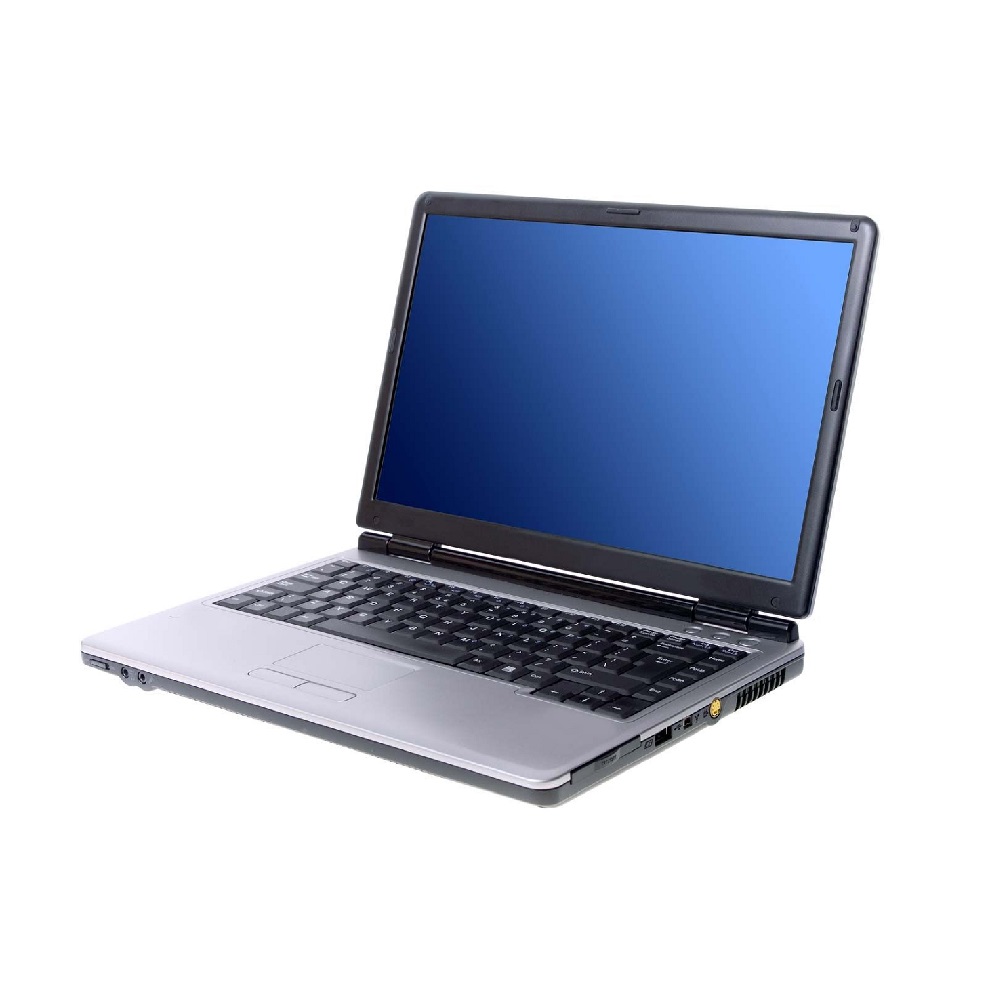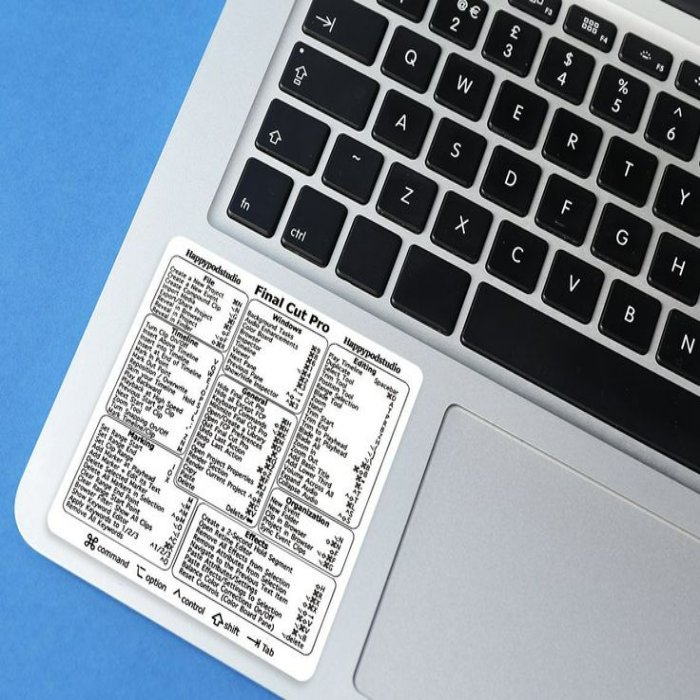Common Causes for Laptop Keyboard Malfunction
Identifying why a laptop keyboard is not working is the first step toward fixing the issue. Here are the most common causes of keyboard malfunctions in laptops:
- Dirt and Debris: Over time, dust and small particles can accumulate beneath the keys, obstructing signals from the keyboard to the computer.
- Liquid Spills: Liquids can cause immediate damage to the electronic components within the keyboard, potentially leading to short circuits.
- Outdated or Corrupt Drivers: Without the correct drivers, or with drivers that have become corrupt, the operating system may not recognize the keyboard’s inputs.
- Hardware Wear and Tear: Constant use can wear out keyboard components, leading to certain keys failing to register.
- Software Conflicts: Occasionally, new software installations or updates can interfere with keyboard functionality.
- Connection Issues: For wireless keyboards, a weak or interrupted signal could result in unresponsive keys.
- Physical Damage: Drops or impacts can dislodge keycaps or damage the underlying keyboard mechanism.
Addressing these common issues often requires both hardware and software troubleshooting techniques. By recognizing these factors, you can pinpoint the optimal solution for a laptop keyboard not working.

Initial Troubleshooting Steps
When faced with a laptop keyboard not working, performing initial troubleshooting steps can often resolve simple issues quickly. Here’s what you can do:
- Check Keyboard Connections: Ensure the keyboard, especially if external, is properly connected to the laptop. For wireless models, verify the pairing and battery status.
- Restart Your Laptop: A reboot can refresh the system and potentially fix the keyboard malfunction. Don’t overlook this straightforward step.
- Clean the Keyboard: Gently shake out debris or use compressed air to remove dust and particles that might be blocking keys.
- Inspect for Physical Damage: Look closely for dislodged keys or other signs of physical harm that could explain the keys not working.
- Test in BIOS/UEFI: Accessing the BIOS/UEFI settings can help determine if the issue is hardware or software related. If the keyboard works here, software within the operating system may be at fault.
- Check Device Manager: In Windows, open Device Manager to see if the keyboard is recognized and if drivers are updated or need attention.
- Perform a System Update: Running system updates can sometimes address keyboard issues caused by software conflicts or outdated drivers.
Each step may lead to a resolution, or at least provide better insight into whether the problem lies with hardware or software. If these initial steps do not restore keyboard function, advanced troubleshooting or professional assistance might be necessary.
Hardware Solutions: When to Consider Replacement or Repair
When the initial troubleshooting steps don’t resolve the issue, considering hardware solutions is the next step. Below are situations when replacement or repair might be necessary:
- Persistent Unresponsiveness: If specific keys or the entire laptop keyboard remains unresponsive after cleaning and reconnecting, the hardware may be faulty.
- Visible Physical Damage: When keys are missing or the keyboard is physically broken, repair or replacement of the keyboard or keycaps might be required.
- After Liquid Exposure: In cases where liquid damage has occurred, and immediate actions haven’t fixed the problem, the internal circuitry might need repair or the keyboard may need replacing.
- Keyboards Out of Warranty: If your laptop warranty has expired, and the keyboard is failing to work, you may need to buy a new one or seek professional repair services.
- Repeated Driver Issues: Even after updating or reinstalling drivers, if the keyboard is not working, the problem could be with the physical connection or the keyboard itself.
Remember, it’s important to accurately diagnose whether the problem is actually hardware-related before opting for repair or replacement. In some cases, professional advice can help differentiate between a minor issue that can be fixed at home and one that requires more technical expertise.

Software Fixes: Driver Updates and Settings Adjustments
When your laptop keyboard is not working, software issues could be the culprit. Addressing these can often restore functionality without the need for hardware repairs. Here are steps for software fixes:
- Check for Updates: Operating systems often release updates that can fix bugs affecting keyboards. Look for system and driver updates and install them.
- Reinstall Drivers: Sometimes, simply updating drivers isn’t enough. Try uninstalling the keyboard driver from the Device Manager, then restart your laptop. This can prompt the system to reinstall the driver.
- Adjust Keyboard Settings: Explore the settings menu for keyboard options. Ensure that functions like ‘Sticky Keys’ or ‘Filter Keys’ are not enabled, as these can alter key behavior.
- Roll Back Drivers: If issues started after an update, roll back to a previous driver version. This resolves problems caused by incompatible updates.
- Check Language Settings: Wrong language settings can change the keyboard layout. Verify that the correct language is set for your keyboard.
- Use Troubleshooter Tools: Some operating systems offer built-in troubleshooting tools. Run these to detect and fix keyboard-related issues.
- Restore System: As a last resort, consider restoring your system to a previous state. This can reverse recent changes that might have caused the keyboard to stop working.
Remember, it’s vital to try these software solutions before moving on to hardware fixes. These steps can save you time and money on unnecessary repairs.
Dealing with Liquid Damage: Immediate Actions and Tips
When your laptop keyboard is not working due to liquid damage, immediate action is crucial. Here’s what to do:
- Turn Off the Laptop: Quickly power off the device to prevent electrical shorts and further damage.
- Disconnect Power and Remove Battery: Unplug your laptop and, if possible, take out the battery to stop the flow of electricity.
- Drain the Liquid: Open the laptop lid and turn it upside down to let the liquid drain out.
- Dry with a Cloth: Blot away as much liquid as you can with a soft, lint-free cloth. Avoid spreading the fluid and be gentle.
- Let It Dry: Leave the keyboard and laptop to air dry in a warm, dry place for at least 24 hours before attempting to power it on again.
- Do Not Use Heat: Do not use a hairdryer or other heat source to speed up the drying process as it can cause more harm than good.
- Consult a Professional: If you’re unsure about the laptop’s condition after the incident, contact a professional repair service.
- Review Warranty Details: Before proceeding with DIY repairs, check if your laptop warranty covers liquid damage.
Following these tips can significantly improve your chances of reviving a keyboard affected by liquid. Remember, the quicker you act, the better the outcome may be. If the problem persists, seeking professional help may be your best course of action.

Professional Repair Services: When DIY Isn’t Enough
Sometimes, after you’ve tried every DIY method, the laptop keyboard not working issue persists. That’s when professional repair services come into the picture—experts who can diagnose and fix the problem efficiently. Here are situations when seeking professional help is advisable:
- Persistent Problems after Troubleshooting: If the keyboard still isn’t responding after following all software and hardware troubleshooting steps, it could be a sign of a more complex issue that requires professional equipment and expertise.
- In-Depth Diagnostic Required: Professionals have the tools to run comprehensive diagnostics, identifying problems that aren’t immediately apparent to the average user.
- Warranty or Insurance Claims: If your laptop is still under warranty or covered by insurance, you might be eligible for repairs at no extra cost. Always check with your provider first.
- Specialized Repairs Needed: Certain repairs should be performed only by qualified technicians, such as soldering motherboard connections or replacing delicate components.
- Data Safety Concerns: If you’re worried about losing important data during the repair process, professional services often have the means to secure your data beforehand.
- Time and Convenience: When you’re short on time, or it’s inconvenient to attempt complicated fixes yourself, a reliable service center can be a lifesaver.
Before handing over your laptop, do some research. Look for service centers with positive reviews, ensure they have experience with your laptop model, and double-check the repair costs. Professional help can be the most straightforward path to getting your laptop keyboard up and running again.
Preventive Measures to Avoid Future Keyboard Issues
To reduce the chances of your laptop keyboard not working in the future, here are some preventive steps to follow:
- Keep Beverages Away: Minimize the risk of liquid spills by keeping drinks at a safe distance from your laptop.
- Regular Cleaning: Use compressed air or a soft brush to gently clear away debris and dust from between the keys periodically.
- Safe Usage: Treat your laptop with care. Avoid eating over the keyboard, which can prevent crumbs and particles from causing blockages or attracting pests that might damage the wiring.
- Protective Accessories: Consider investing in a keyboard cover or skin to shield against dust and potential spills.
- Proper Storage: When not in use, store your laptop in a clean, dry environment. Keep it away from extreme temperatures and humidity.
- Software Maintenance: Regularly update your operating system and drivers to ensure your keyboard continues to function well with the latest software.
- Professional Check-ups: For high-use laptops, an annual check-up from a professional can detect early signs of wear and tear.
- Manual Handling: Always handle your laptop with care. Be gentle when typing and refrain from using excessive force on the keys.
By adhering to these practices, you can significantly extend the life of your laptop keyboard and reduce the likelihood of facing keyboard issues in the future.
Troubleshooting Specific Keys or Keyboard Regions
When you find that specific keys or regions of your laptop keyboard are not working, it calls for a focused approach to troubleshooting. Here are practical measures you can undertake:
- Check for Obstructions: Sometimes, the issue may be as simple as an object lodged under the keycap. Gently pry off the keycap to check and clean underneath.
- Test Keyboard Layout: Keyboard settings could have been changed. Ensure the right layout matches your usage. This is common when shift keys or language-specific characters malfunction.
- Software Conflicts: Ensure no software is remapping keys without your knowledge. This can happen after installing certain programs.
- Contact Manufacturer: Some laptops have known issues with certain keys. Check online forums or the manufacturer’s customer support for such information.
- Individual Key Diagnostics: Use online tools or applications designed to test the functionality of each key.
- Physical Key Repair: If a key is damaged, consider replacing the keycap or the scissor-switch mechanisms underneath if it’s a mechanical issue.
By narrowing your focus to the specific problem areas, you can often find a simple and effective solution to restore your laptop keyboard to full functionality.
